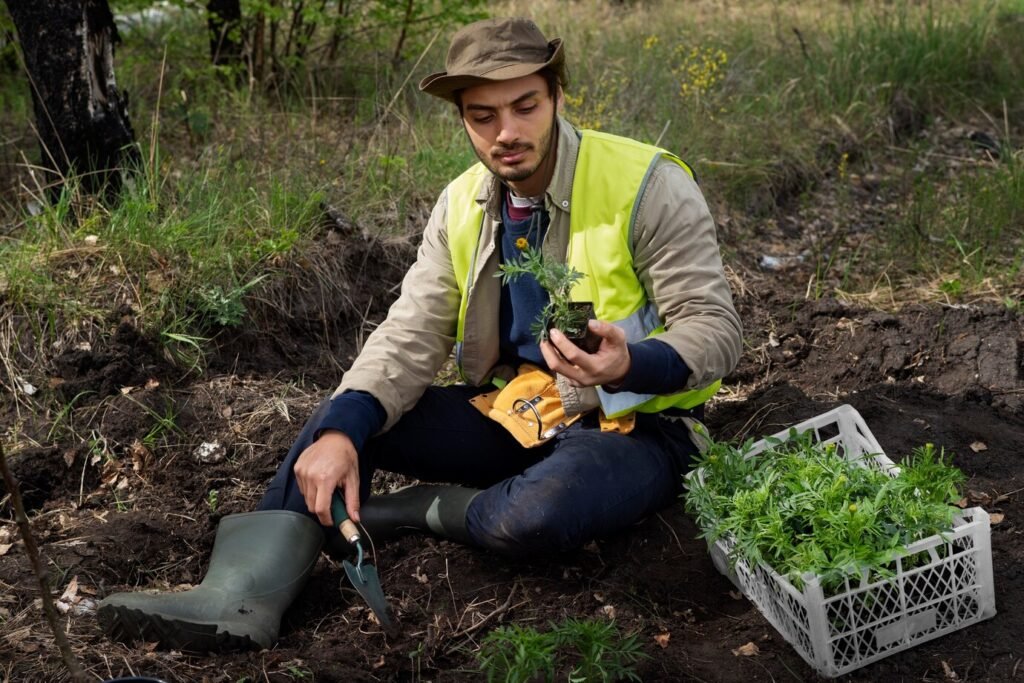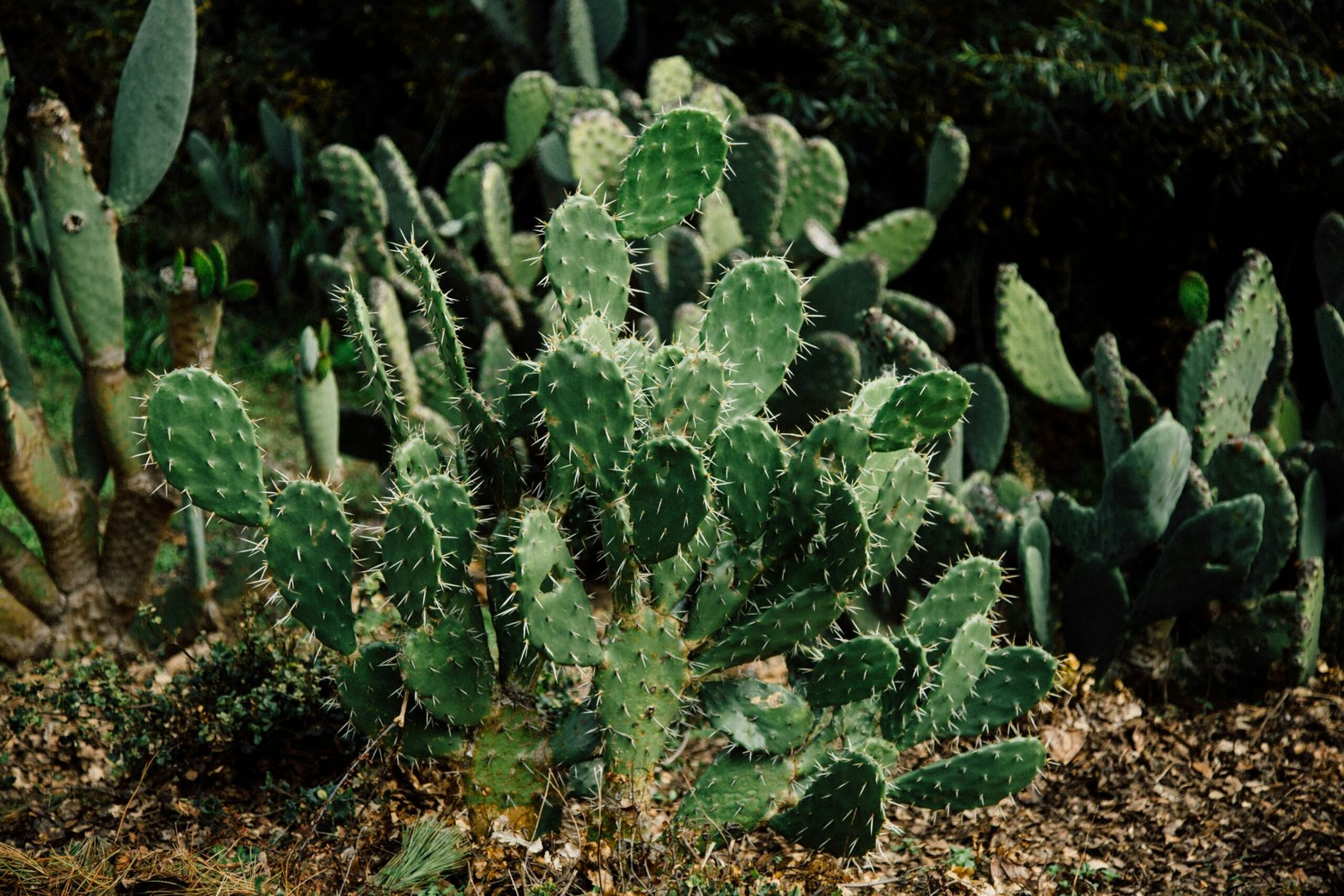Although toxic plants are inherent to several ecosystems, they have a multifaceted influence on their immediate surroundings. The impacts of these effects may be diverse, affecting several aspects such as soil composition, plant variety, animal behavior, and human health. This thorough study will examine the several ways in which hazardous plants impact the ecosystem, including both the advantageous and harmful effects of their existence.

1. Analysis of Soil Composition and Fertility
Toxic plants may impact soil composition via many mechanisms:
Allelopathy refers to the phenomenon where some plants produce allelochemicals, which are harmful substances, into the soil. These compounds have the ability to hinder the development of nearby plants. This may lead to a decrease in plant variety as it outperforms other species in the competition for resources. As an example, the Black Walnut tree (Juglans nigra) releases juglone, a substance that is poisonous to several plants and has a detrimental impact on their development.
Soil Nutrient Cycling: Certain noxious plants have the potential to modify the process of nutrient cycling in the soil. For example, some types of Eucalyptus trees emit toxins that might reduce the microbial activity in the soil, thereby impacting the decomposition process and the availability of nutrients.
2. Plant Diversity and Ecosystem Dynamics
Toxic plants may greatly alter plant diversity and ecological dynamics:
Competitive edge: Toxic plants frequently have a competitive edge in their habitats owing to their chemical defenses. This may lead to a preponderance of harmful species over non-toxic ones, diminishing biodiversity. For instance, invasive species like Giant Hogweed (Heracleum mantegazzianum) may outcompete native plants and dominate enormous regions.
Successional Changes: The presence of hazardous plants may alter successional phases in ecosystems. In certain situations, they may slow down succession by limiting the establishment of other plant species, thereby keeping an early successional stage longer than typical.
3. Wildlife and Animal Behavior
The effect of poisonous plants on animals may be profound:
Herbivore Interactions: Toxic plants may discourage herbivory, altering the foraging behavior and food choices of herbivores. For example, Milkweed (Asclepias spp.) has poisonous chemicals that discourage many animals from eating it. This may preserve the plant but also influence the food web by lowering food availability for specific species.
Bioaccumulation and Poisoning: Some hazardous plants may lead to bioaccumulation of poisons in the food chain. For instance, some alkaloid-containing plants may induce poisoning in cattle and animals, leading to health difficulties or fatality.
Habitat utilization: The presence of hazardous plants may also alter habitat utilization by animals. Species that are vulnerable to plant poisons may avoid regions dominated by toxic plants, which might alter their migratory patterns and habitat preferences.
4. Human Health and Agriculture
Toxic plants have direct and indirect impacts on human health and agricultural practices:
Direct Toxicity: Humans may be directly impacted by poisonous plants by eating, skin contact, or inhalation. For example, Poison Ivy (Toxicodendron radicans) produces severe allergic responses in many individuals.
Agricultural Impact: Toxic plants may damage agriculture by polluting crops and pastures. Livestock ingesting poisonous plants may suffer from poisoning, resulting to economic losses for producers. For example, locoweed (Astragalus spp.) is known to induce neurological harm in cattle and horses.
Invasive Species: Some poisonous plants are invasive species that may disturb local ecosystems and agricultural land. Their control frequently demands tremendous effort and money, harming agricultural production and biodiversity.
5. Medicinal and Ecological Benefits
Despite their bad qualities, poisonous plants may sometimes have helpful roles:
therapeutic Uses: Many hazardous plants have therapeutic characteristics and are employed in traditional and contemporary medicine. For instance, Digitalis purpurea (foxglove) contains cardiac glycosides used to treat heart problems.
Ecological Roles: Toxic plants may serve vital functions in their habitats. They may offer shelter and food for specialist organisms that have developed to resist or exploit their poisons. For example, the monarch butterfly larvae eat entirely on milkweed, getting protection from predators via the plant’s poisons.
6. Management and Mitigation Strategies
Addressing the effect of poisonous plants entails numerous management and mitigation strategies:
Biological Control: Introducing natural predators or rivals may help regulate harmful plant populations. This method is employed in eradicating invasive poisonous plants like Purple Loosestrife (Lythrum salicaria).
Mechanical and Chemical manage: Physical removal and the application of herbicides are standard strategies to manage poisonous plants in agricultural and natural contexts. However, these technologies must be utilized wisely to minimize collateral harm to the ecosystem.
Public Awareness and Education: Educating the public on the identification and hazards of toxic plants may minimize incidences of poisoning and encourage safer interactions with nature.
7. Case Studies and Examples
A. Giant Hogweed (Heracleum mantegazzianum)
Giant Hogweed is an invasive plant that offers considerable health dangers owing to its phototoxic sap, which produces severe skin burns upon contact with sunlight. It also harms biodiversity by outcompeting native species, resulting to habitat loss.
B. Kudzu (Pueraria montana var. lobata)
Kudzu is another invasive hazardous plant that may overgrow and suffocate other flora, harming forest structure and biodiversity. Its quick growth and vast root system make it tough to handle.
C. Water Hemlock (Cicuta spp.)
Water Hemlock is one of the most dangerous plants in North America. Its intake may be lethal to people and animals. It grows in rainy locations, providing dangers to cattle and animals that may ingest it accidently.
Conclusion
The influence of hazardous plants on the environment is varied and diverse. While they may severely influence soil composition, plant variety, and animals, they also have functions in medical usage and ecological balance. Effective management of hazardous plants needs a variety of measures, including biological control, public education, and judicious use of mechanical and chemical means. Understanding and understanding the functions these plants play in their environments may help limit their negative affects while recognizing their contributions to biodiversity and therapeutic value.




